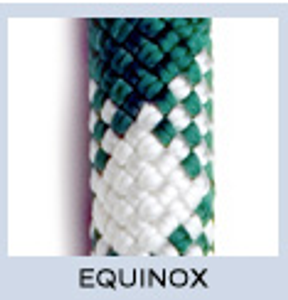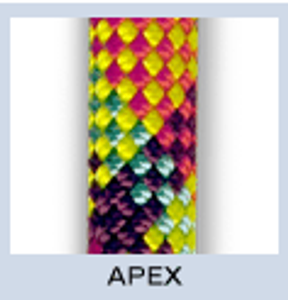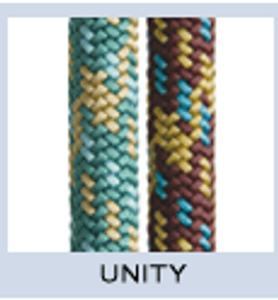
Teufelberger (New England) Fly, Dragonfly & Firefly 7/16" Climbing Rope Static
Teufelberger (New England Ropes)For availability and pricing call 509-291-3024 or email cbknot@cbknot.com
Product Description:
The Fly runs through gear effortlessly without getting mushy, and stays round and firm giving the climber a smooth, controlled descent.
Specifications
Lengths: 35 m, 45 m, 60 m; available with one or two [slaice]® rope end terminations
Standards: EN 1891A, ANSI Z133-2012
Core: polyamide
Cover: polyester
Plait number: 24
Features:
- Unique spliceable kernmantle construction is easy to knot, resists flattening and glazing, and renders well in equipment.
- Also available with option spliced soft eye or eye and thimble.
Applications:
- Arborist Climbing Rope
- Rope Access
Colors Available:
- Red
Lengths Available:
- 120'
- 150'
- 200'
- 600'
- 1200'
- 1800'
| Size | Weight | Tensile | ||
|---|---|---|---|---|
| lbs/100' | g/m | lbs | kg | |
| 7/16" (11mm) | 6.3 | 93.7 | 7,400 | 3,358 |
Sunlight/UV:
Very little degradation from sunlight. Can be used outside over long term if inspected regularly.
Chemicals:
Nylon will degrade with strong oxidizing agents, mineral acids, and 90% formic acid. May discolor when exposed to high levels of carbon dioxide. Polyester has good resistance to most chemicals, except 95% sulfuric acid and strong alkalines at boil.
Heat:
Nylon melts at 460°F with progressive strength loss above 300°F. Polyester melts at 480°F with progressive strength loss above 300°F.
Dielectrics:
Good resistance to the passage of electrical current. However, dirt, surface contaminants, water entrapment, and the like can significantly affect dielectric properties. Extreme caution should be exercised any time a rope is in the proximity of live circuits.
Sheaves:
N/A
Working Loads:
No blanket safe working load (SWL) recommendations can be made for any line because SWL's must be calculated based on application, conditions of use, and potential danger to personnel among other considerations. It is recommended that the end user establish working loads and safety factors based on best practices established by the end user's industry; by professional judgment and personal experience; and after thorough assessment of all risks. The SWL is a guideline for the use of a rope in good condition for non-critical applications and should be reduced where life, limb, or valuable property is involved, or in cases of exceptional service such as shock loading, sustained loading, severe vibration, etc. The Cordage Institute specifies that the SWL of a rope shall be determined by dividing the Minimum Tensile Strength of the rope by a safety factor. The safety factor ranges from 5 to 12 for non-critical uses and is typically set at 15 for life lines.
Splicing Instructions:
Heave Duty Kernmantle Splice









